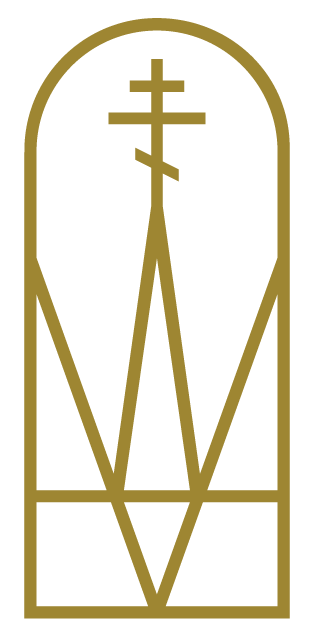Protection of the Theotokos
The Protection of the Mother of God is one of the most beloved feast days on the Orthodox calendar among the Slavic peoples, commemorated on October 1. The feast is celebrated additionally on October 28 in the Greek tradition. It is also known as the feast of the Virgin Mary's Cerement. In Ukraine this feast day is the patron “saint” of the country and widely celebrated.
In most Slavic languages the word "cerement" has a dual meaning of "veil" and "protection." The Ukrainian word Pokrova (Покрова), like the Greek Skepi (Σκέπη), has a complex meaning. First of all, it refers to a cloak or shroud, but it also means protection or intercession. For this reason, the name of the feast is variously translated as the Veil of Our Lady, the Protecting Veil of the Theotokos, the Protection of the Theotokos, or the Intercession of the Theotokos.
The Feast
The feast day celebrates the appearance of the Mother of God at Blachernae (Vlaherna) in the tenth century. At the end of St. Andrei (Andrew of Constantinople) Yurodivyi's life, he, with his disciple St. Epiphanius, and a group of people, saw the Mother of God, St. John the Baptist, and several other saints and angels during a vigil in the Church of Blachernae, near the city gates. The Blachernae Palace church was where several of her relics were kept. The relics were her robe, veil, and part of her belt that had been transferred from Palestine during the fifth century.
The Theotokos approached the center of the church, knelt down and remained in prayer for a long time. Her face was drowned in tears. Then she took her veil (cerement) off and spread it over the people as a sign of protection. During the time, the people in the city were threatened by a barbarian invasion. After the appearance of the Mother of God, the danger was averted and the city was spared from bloodshed and suffering.
About the Icon
Two events that took place four hundred years apart are combined in this one icon as both events took place in the former Church of Blachernae in Constantinople: the earlier event being the miracle of the first Kontakion by St. Romanus the Melodist and the later being the protection of the Mother of God.
The icon of the feast, Protection of the Mother of God, shows the Theotokos standing above the faithful with her arms outstretched in prayer and draped with a veil. On both sides of her are angels. On the lower right of most icons of this feast, are saints Andrew and his disciple Epiphanius who saw this vision of the Mother of God, with the twelve apostles, bishops, holy women, monks and martyrs, spreading her veil in protection over the congregation. St. Epiphanius is wearing a tunic under his cloak and gestures in astonishment at the miraculous appearance, while St. Andrew, Fool-for-Christ, is dressed only in a cloak.
Below the Theotokos, in the center of the icon, stands a young man with a halo, he is clothed in a deacon's sticharion. In his left hand, he is holding an open scroll with the text of the Kontakion for Nativity in honor of the Mother of God. This is St. Romanus the Melodist, the famous hymnographer whose feast is also celebrated on the same day, October 1. He is with his choir attended by the Emperor Leo the Wise together with the Empress and the Patriarch of Constantinople.

